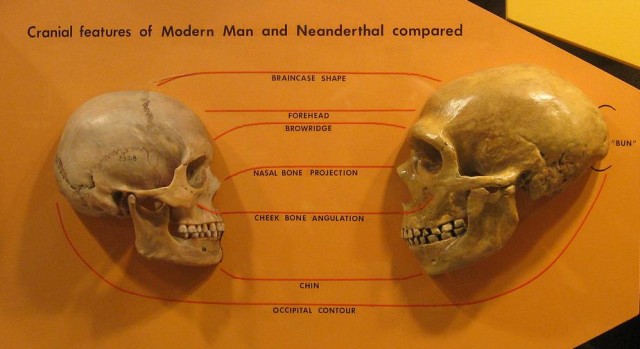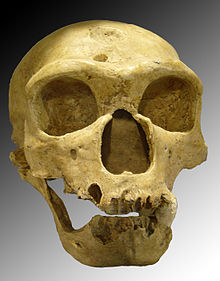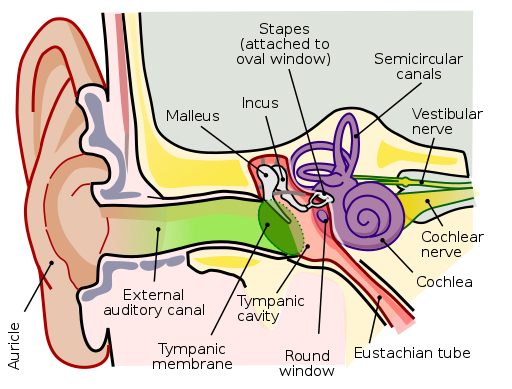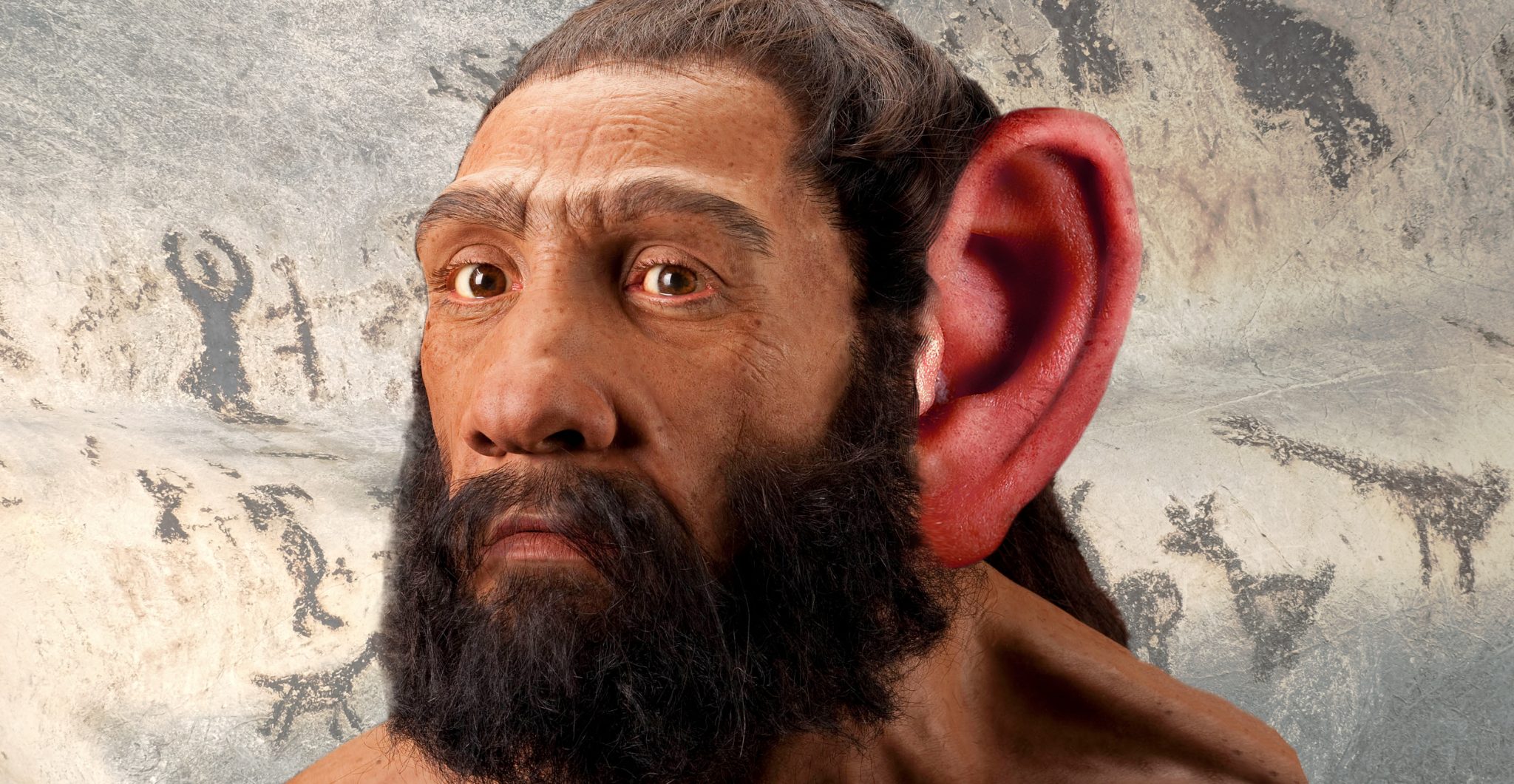Why did the Neanderthals go extinct? A new study points the blame at their ears. The path of human evolution is far from straight, and over the course of time several different versions of humanity rose and fell before Homo sapiens became the dominant species.
Interestingly, even though the fossil record provides plenty of evidence that those early versions of man existed, it’s a lot more difficult to figure out why they fell. For example, we know that even though Homo sapiens and Neanderthals existed at the same time and even interbred, humans survived, and the Neanderthal line died out.
What could have caused the Neanderthals to go extinct? Was it some sort of cataclysm? A plague?

The cause has always been a mystery, but a new study sheds some light on the subject. Earlier this month, the New York Post reported on a study which was published in the journal The Anatomical Record, which suggests the Neanderthals may have been ended by something that we modern folks see as no big deal – common ear infections.
The study was done by a group of physical anthropologists who reconstructed a Neanderthal Eustachian tube for the first time. What they saw was that Neanderthal Eustachian tubes are a lot like those of human infants, in terms of how they are positioned.

Any parent can tell you that babies get ear infections; sometimes they get them often. That’s because a baby’s Eustachian tubes are at an angle that is relatively flat. As a result of the angle, otitis media bacteria tends to linger in them, rather than draining, and can cause infections.
As human babies grow, and their heads get larger, their Eustachian tubes also grow, which changes the angle of their position and improves drainage. For humans, by the time a child starts school, the incidence of ear infections has reduced significantly.

For Neanderthals, the relatively flat angle of their Eustachian tubes remained unchanged into adulthood, meaning that they never lost the higher potential for ear infections. Furthermore, ear infections can easily lead to developing other complications, such as meningitis, respiratory infections, hearing loss, or even pneumonia.
https://youtu.be/Ng7_ZUcCEkI
Unlike in the modern era, when such ailments can be easily addressed with antibiotics, for the Neanderthals, the potential for such infections and the complications that can come with them would be both lifelong and impossible to effectively treat.

Besides making it more likely that the sufferer may die of an infection, there would have been other, lifelong implications. People who are ill aren’t functioning at their best capacity, which impairs their ability to do the things they need to do to survive.
Shortness of breath would be a serious barrier to being an effective hunter. The inability to hear a dangerous animal or enemy coming at you until it was nearby would significantly decrease your chances of making an effective defense or escape. Such indirect consequences would generally make it harder to effectively compete for resources against your rivals, including Homo sapiens.
Looked at from that perspective, it’s not that surprising that Homo sapiens won the contest.
There are a couple of things that made this study so unique. One of them is that it gave researchers a totally unexpected insight into something that science has been puzzled by for a very long time. Another thing that’s fascinating is that something on such an enormous scale, the extinction of an entire species, could have been caused by something so small and unexpected.
Related Article: This is What a Neanderthal’s Voice Might Have Sounded Like
As far-fetched as it might seem at first glance, this one anatomical variation had the power to exert an enormous effect on the lives of one variety of early man. If nothing else, it serves to show that even small evolutionary adaptations and variations have the ability to shape lives in ways that can make or break us. Or in the case of Neanderthals, make them go extinct.
